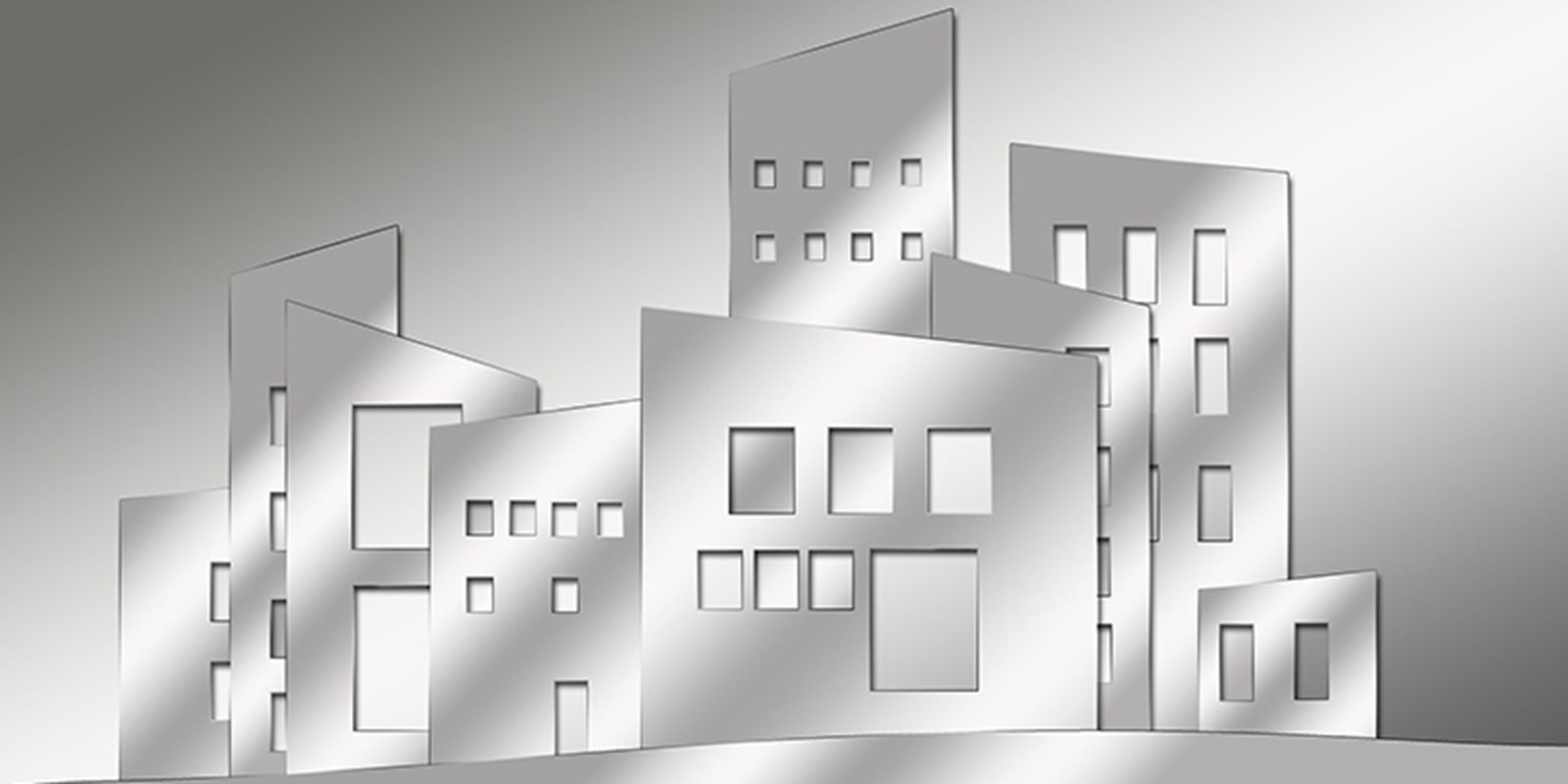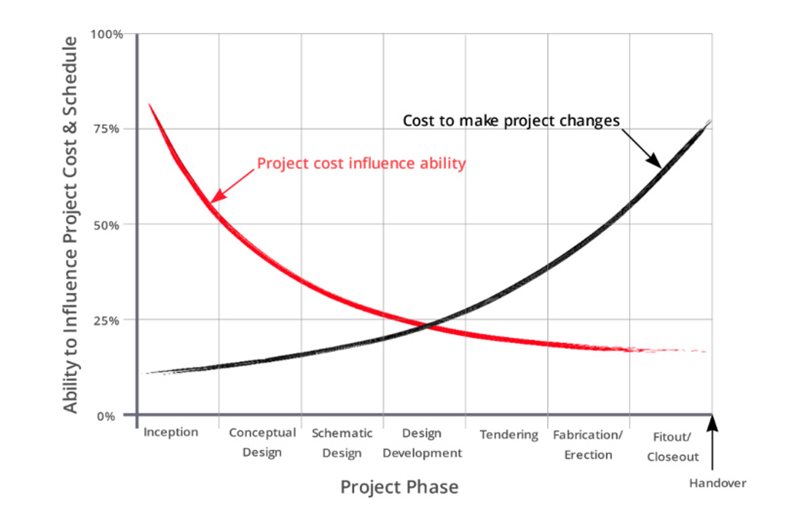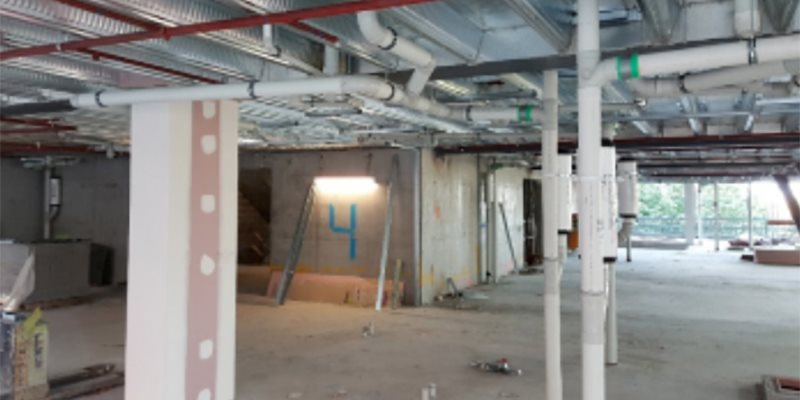

The design process usually comprises an interaction between the architect and structural steel designer to translate the architect’s vision for the project into detailed design drawings and specifications that provide the steelwork supply chain with sufficient information to fabricate and erect the steel structure.
It is of upmost importance that the engineer engages with the architect early in the design process to ensure the most cost-effective, responsive solutions are obtained. It is generally accepted that the ability to influence outcomes decreases over the lifetime of a project, while the cost of change increases over the same period.
.jpg?variant=HalfWidth)

In the context of structural design of steel-framed buildings, there are three main stages:
The architect and engineer work together at the concept design stage to ensure the architectural intent can be translated into a structure that functions to meet the primary requirements for strength, stability, robustness and durability mandated by building function, relevant regulation (usually the National Construction Code) and applicable Australian Standards. It's particularly important to establish stability considerations that dictate the location and extent of bracing elements as these elements may restrict the required functional attributes of the building.
The precise spatial arrangement of all elements must be defined at the detailed design stage. It may be necessary to modify the structural layout to accommodate interfaces with other components, such as services.
The following key issues may affect the structural design of the steel frame and should be addressed specifically:

Design aspects such as acoustic performance and vibration performance should also be reviewed.